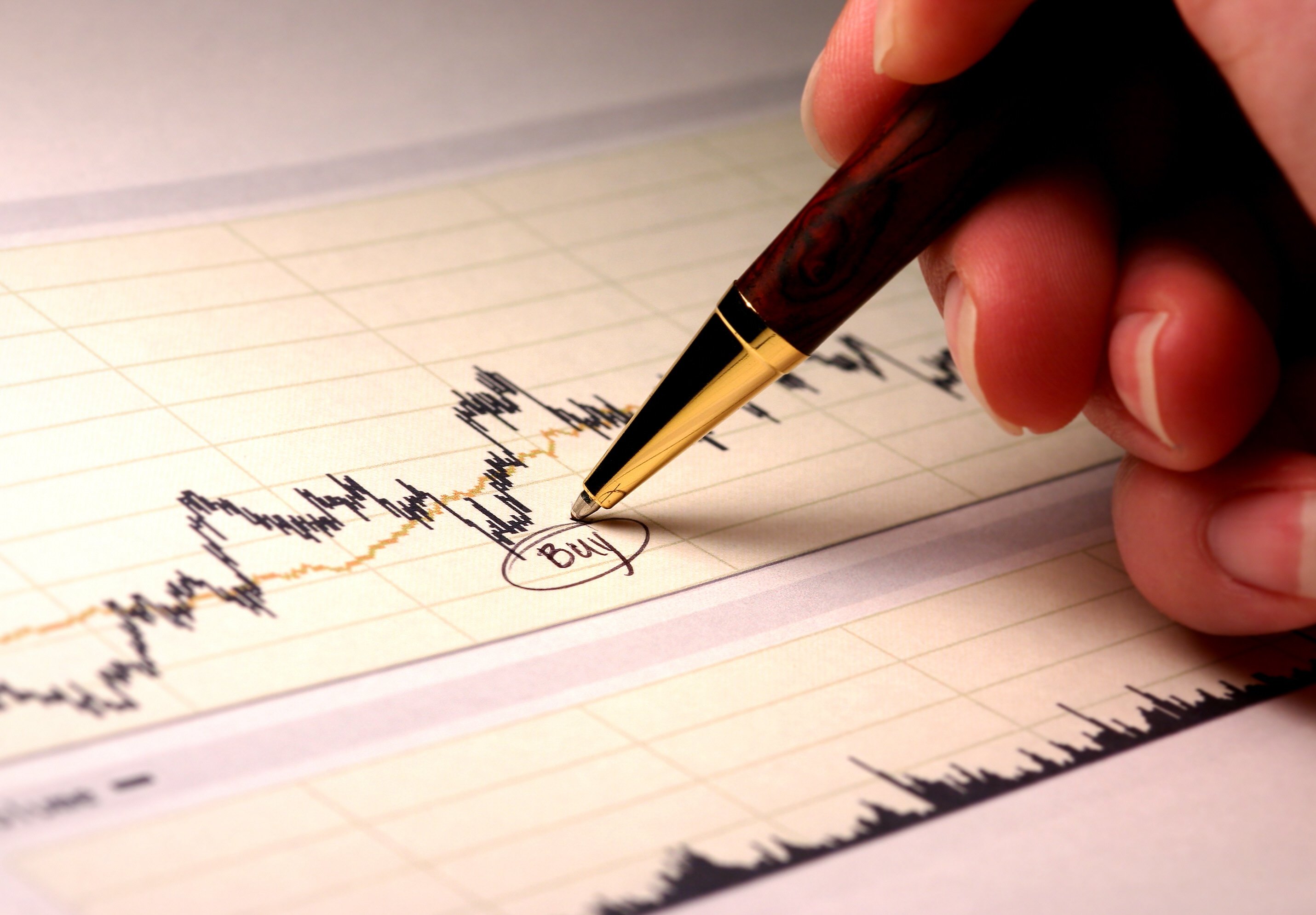"It's not about what it is. It's about what it can become."
-- Dr. Seuss, The Lorax
Two years ago, investors were scratching their heads about Facebook's (FB +0.47%) $1 billion acquisition of Instagram. The final purchase price at closing was actually only $715 million due to the fluctuation in the stock portion of the deal. At the time, Instagram had only 13 employees, about 30 million registered users (who weren't necessarily active each month), and no revenue.
It sounded crazy at the time. But it was brilliant.
Three hundred million and counting
Instagram just announced that it has reached 300 million users, who collectively share 70 million photos and videos every day. That's incredible growth for a company that was started just four years ago. Of course, Facebook's acquisition helped spur user growth, because it raised the service's profile -- Facebook could promote Instagram to its much larger user base.
The company also said that it's introducing verified badges for high-profile accounts, like celebrities and brands. Facebook has always valued authentic identities, and its ad platform is built around brands; bringing this verification feature to Instagram similarly gives it more credibility. Instagram is also cracking down on spammy and fake accounts.
Gesundheit
Since Instagram is much smaller than Facebook, especially in terms of financial performance, Facebook doesn't disclose Instagram's results. Facebook's monthly active user base, which now stands at 1.35 billion, does not include Instagram users.
While Instagram had no revenue when Facebook acquired it, there was a clear path to monetization through ads. The first order of business was to grow the user base, which Facebook has obviously done.
Instagram officially launched ads in October 2013, about a year-and-a-half after the acquisition was announced. The company vowed to take a measured approach to advertising, not wanting to alienate the 150 million users it had grown to by flooding their feeds. Almost exactly a year later, Instagram debuted video ads this October.
Now that Instagram's ad platform is starting to ramp, it can do so very quickly. During the summer, HyprMX CEO Corey Weiner told Adweek, "It's very easy for Facebook to sneeze and create a $100-million-per-quarter-revenue business with the scale of Instagram and their salesforce." HyprMX runs ads for brands with publishers.
A social conglomerate
Facebook's acquisition of WhatsApp has garnered a very similar skeptical reception to Instagram, including from myself. While Instagram's incredible success should build investor confidence that the social network can execute on its ambitious acquisitions, WhatsApp's final price tag was 30 times that of Instagram's, and there is no clear path to monetization -- at least not one that's been discussed publicly.
The high price tag associated with WhatsApp sets a commensurately high bar for financial success. A relatively lower purchase price for an acquisition that has a lot of potential offers some level of optionality, such as in the case of Oculus VR.
Facebook is becoming a social conglomerate, operating distinct services under different brands that address a wide range of interests and markets. Facebook's core site offers mainstream appeal. Instagram appeals to shutterbugs. WhatsApp is great for emerging marketing messaging.
Instagram was a smashing success of an acquisition. Can Facebook keep it up?






